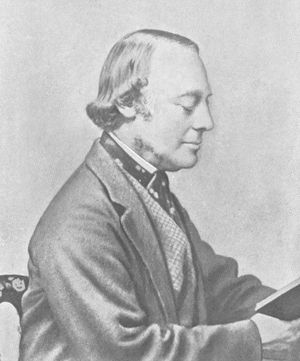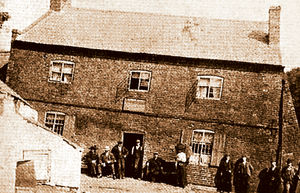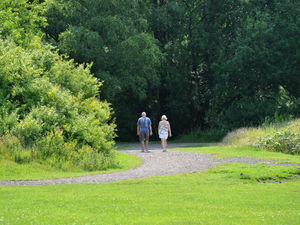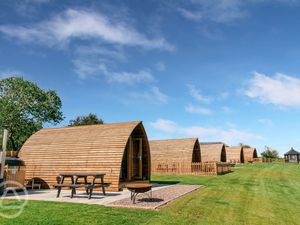The Crooked House: Over 250 years of history wiped out in a few minutes
In its heyday, the Crooked House attracted visitors from China, Japan and the United States, but a few decades earlier it almost faced the bulldozers.

Visitors to the Black Country pub have marvelled at its gravity-defying appearance since mining subsidence caused one side of the building to sink in the mid-1800s.
The Glynne Arms as it was more correctly know for most of its life, was originally built as a private farmhouse in 1765. Once dubbed 'Britain's wonkiest pub', it's now been sold for alternative use and is unlikely to open its doors to drinkers again.
The Glynne family were prominent landowners in the area, with their 100-acre Oak Farm stretching from Kingswinford to Gornal. The building now known as The Crooked House was built at the northern extremity of the site, between Himley and Gornal.


In March 1815, Sir Stephen Glynne Baronet died in Nice, leaving both his baronetcy and Oak Farm to his seven year-old son, also called Stephen.
At this time these lands were wholly agricultural, but as the younger Sir Stephen grew up, he began to take advantage of the Industrial Revolution which was gripping the area.
In 1835 he and his brother-in-law, future prime minister William Gladstone, co-founded the Oak Farm Ironworks, and began mining the area extensively. Records also show that, by 1840 the land was owned by the Oak Farm Colliery Company, of which Sir Stephen was a major shareholder.





